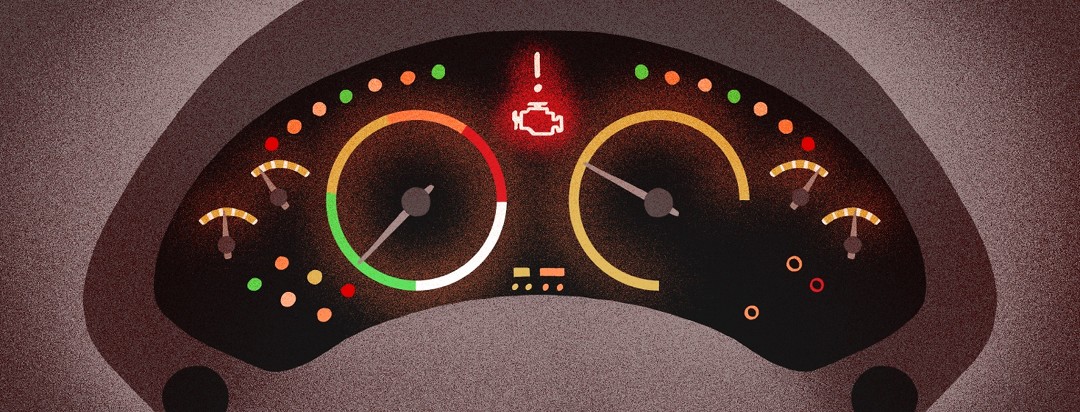The PSA Blood Test Controversy
In my early 50s, my doctor recommended including the PSA blood test as part of my annual checkup. At the time, I wasn’t familiar with the term PSA. However, I figured it was just another value to measure, such as glucose, cholesterol, triglycerides, MCV, MCH, and others. Since I was already going to have blood drawn, I thought, why not include this one, too?
What is the PSA test?
My doctor explained that PSA stands for prostate-specific antigen, a protein produced by the prostate. And monitoring results may help detect early prostate cancer. I had heard of prostate cancer, but I didn’t know much about it or anything about the prostate. But I thought it was something I should know more about, especially since I had a prostate.
So I agreed to include the PSA test with the other blood work and headed to the lab. About a week later, I was back in the doctor’s office for the results. For men my age, 57 at the time, an ideal PSA level is 4.0 or below. Therefore, it was a bit of a shock when my results came back as 4.2. But my doctor wasn’t too concerned. After all, it was only my first PSA test. There are also many possible reasons for an elevated level, such as an enlarged or inflamed prostate and recent sexual activity. He recommended to repeat the PSA in a few months and refrain from sex a few days before the test.
I didn’t think that was too much to ask and agreed to another test. This time, my wife and I refrained from adult pleasures a few days before the test. Unfortunately, despite holding off on the activities, my next PSA results were even higher. Consequently, this was the start of many more PSA tests, digital rectal exams, various scans, and prostate biopsies. Over the next five years, my PSA continued to rise while cancer remained undetected. But ultimately, an MRI identified a significant anomaly and a targeted prostate biopsy confirmed to be cancer.
Why PSA testing can be controversial
So why is there a controversy over PSA testing? The main reason is that both cancerous and noncancerous tissue in the prostate produce PSA. Therefore, the PSA test cannot determine if the PSA is coming from cancerous or healthy prostate cells. Thus, an elevated PSA doesn’t mean you have cancer, and a low PSA doesn’t mean you don't. Simply speaking, the PSA test by itself cannot detect prostate cancer.
Another reason for the controversy is that an elevated PSA level can lead to unnecessary stress and unnecessary biopsies. And if low-grade cancer is detected, fear might lead to unnecessary treatment that may cause erectile dysfunction and incontinence.
Evaluating PSA test results and the risk of prostate cancer
So why bother with the PSA test if it can’t detect prostate cancer? Prostate cancer usually doesn’t have any signs or symptoms in the early stages. Even though the PSA test cannot detect prostate cancer, it does provide an accurate reading of PSA levels. Regular monitoring can identify any rise and give you information to determine the rate of change. Without testing, you are missing out on this vital indicator.
It turns out that my cancer was in the final stage before breaching the prostate, and I had no symptoms. Therefore, I’m grateful for the PSA test, as it helped get the ball rolling on further testing. Without regular PSA testing, my cancer most likely would have spread before I developed symptoms. I’m also grateful my doctor recommended the PSA test even though I had no signs of prostate cancer.
A red flag
I like to think of the PSA test as a gauge on a race car. It merely measures PSA levels, and rising results are a red flag. I don’t think too many race car drivers would be comfortable driving without checking the gauge levels. You can also think of the PSA test as a check engine light. It doesn’t necessarily mean anything is seriously wrong. It’s just time to see the mechanic for further diagnostics.
I strongly encourage all men to discuss the pros and cons of PSA testing with your doctor. In my case, regular PSA testing saved me from a terminal diagnosis.

Join the conversation